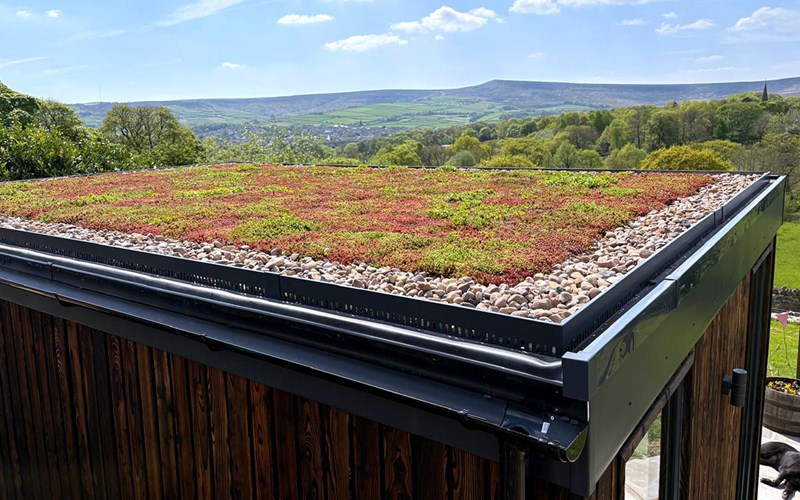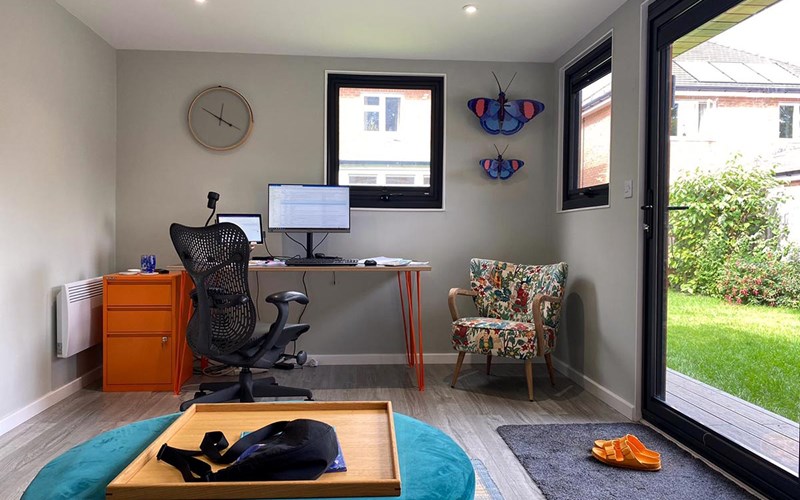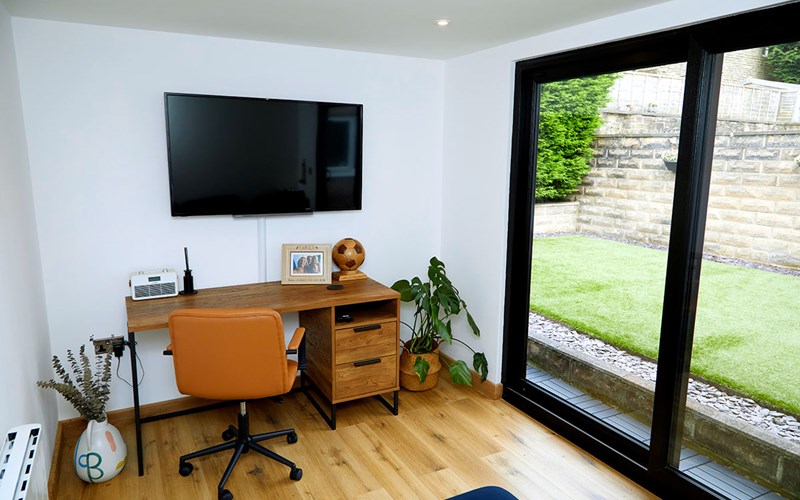The Rise of Multi-Generational Living in the UK
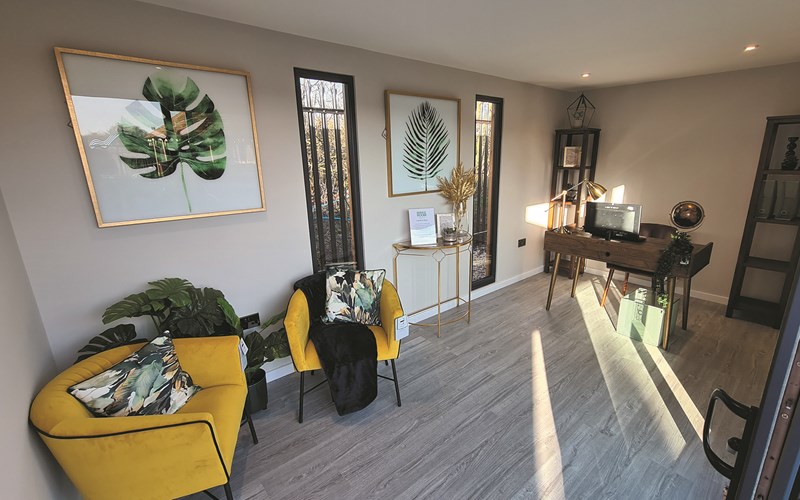
According to the most recent figures, ONS data shows that a higher proportion of households were multi-generational in 2021 (2.1%) than in 2011 (1.8%). Still, the proportion of multi-generational households containing one or more carers decreased from 40.3% in 2011 to 35.9% in 2021.
With these stats in mind, we commissioned a national survey* to uncover the UK’s opinions on multi-generational living setups, including key driving factors for this living arrangement, important considerations when implementing, and thoughts on specific relationship dynamics.
How Many Generations in Households?
When asked how many generations (immediate family and/or in-laws) live in their current household, 5.5% of our survey respondents stated that they already have a multi-generational living setup. 5.1% had a household including three generations, 0.2% had a household including four generations, and another 0.2% had a household including five generations (or more). The most popular multi-generational setup included three generations, consisting of themselves, their children, and a set of parents.
Looking at marital status, those in a civil partnership and divorcees were most likely to be living in a multi-generational household, whereas those separated, widowed, or in a relationship and cohabiting were least likely. When it comes to location splits, residents in Newcastle, London and Belfast were most likely to be already living in a multi-generational household, whereas residents in Glasgow, Norwich, and Sheffield were least likely.
Interestingly, the majority (71.4%) of UK adults would consider some form of multi-generational living set-up in the future, for an array of potential reasons and motivations. Overall, residents in Manchester, Sheffield, and Bristol were most likely to consider multi-generational living set-up in the future, with residents in Edinburgh, Cardiff, and Leeds being the least likely to do so.
Motivations For Multi-Generational Living Setups
The survey asked which situations and scenarios would make respondents consider living with their parents or grandparents by moving in with them or letting them move into their own homes. The most common reasons included caregiving reasons for poor physical health of family members, relationship breakdowns, and property-related situations (such as renovations).
Reasons to consider living with parents/grandparents included:
- For caregiving reasons, due to their poor physical health (29.2%)
- After a breakup (20.2%)
- During house renovations (18.1%)
- For caregiving reasons, due to my own poor physical health (16.1%)
- When saving to buy a house (15.6%)
- During the process of moving home (14.9%)
- When leaving university, or other education/training (14.5%)
- During university, or other education/training (14.3%)
- When relocating (14.0%)
- Redundancy (13.6%)
- When trying to get out of debt (10.2%)
- Support system (9.9%)
- For other financial reasons, e.g. cost of living (9.0%)
- High rent prices (8.5%)
- For mental health reasons (7.6%)
- For childcare help (7.5%)
- To combat loneliness (7.0%)
- For company/companionship (6.4%)
- Family bonding (6.3%)
- Perceived lack of social security in future (3.0%)
For all age groups, providing caregiving for a relative with poor physical health was the top reason - however, this top reason for those in the 18-24 age bracket also tied with after a relationship breakup. Those in the 18-24 bracket were the age group most likely to cite the following reasons - after a breakup, when relocating, when trying to get out of debt, for mental health reasons, for family bonding, and perceived lack of social security in the future.
Those aged 25-34 were the age group most likely to cite the following reasons - when saving to buy a house, during redundancy, for caregiving reasons (own poor physical health), when leaving university (or other education/training), for childcare help, for other financial reasons (e.g. cost of living), and high rent prices.
Those aged 35-44 were the age group most likely to cite the following reasons - during university (or other education/training), during the process of moving home, and to have a support system. Those aged 45-54 were the age group most likely to cite the following reasons - for caregiving reasons (family members’ poor physical health), during house renovations, to combat loneliness, and for company or companionship.
Looking at gender splits, women were more willing to live with elder relatives for caregiving reasons (due to their family members’ poor physical health) than men - 33.1% (a third) versus 24.9% (a quarter) respectively.
Looking at some of the other property-related reasons, renters saw it as a potential opportunity to get onto the property ladder, or as a way to avoid high rent prices in general. Financial reasons - such as when trying to get out of debt, due to redundancy, and the rising cost of living - were also big factors for many.
Other reasons that were cited - such as having a support system, for company or companionship, for family bonding, for mental health reasons, for childcare help, or to combat loneliness - were more family-oriented or emotional.
As well as asking about living with their elders, respondents were also asked to share which situations and scenarios would make respondents consider living with their adult children (either now if they already have adult children, or in the future), again either by moving in with them or letting them move into their own home.
Caregiving reasons came out on top again, however, in this scenario, there was more of a focus on their physical health, rather than their family members. Understandably, the older the respondent was, the more important this became - with 48.8% of those aged 65+ choosing this answer.
Similarly to how women were more willing to live with elder relatives for caregiving reasons (due to their family members’ poor physical health), they were also more expectant of being able to live with their adult children in the future, should they need caregiving due to their poor physical health.
Reasons to consider living with adult children include:
- For caregiving reasons e.g. due to my own poor physical health (33.9%)
- After a breakup (16.9%)
- For caregiving reasons e.g. due to their poor physical health (15.2%)
- During house renovations (15.1%)
- During the process of moving home (14.2%)
- For caregiving reasons e.g. to help care for grandchildren (14.0%)
- When leaving university, or other education/training (13.3%)
- During university, or other education/training (11.6%)
- High rent prices (11.5%)
- For mental health reasons (11.1%)
- When trying to get out of debt (11.1%)
- Support system (11.0%)
- For other financial reasons, e.g. cost of living (10.8%)
- When relocating (10.1%)
- To combat loneliness (9.1%)
- When saving to buy a house (8.7%)
- For company companionship (8.4%)
- Family bonding (7.2%)
- Redundancy (6.7%)
- Perceived lack of social security in future (3.4%)
Family Dynamics
Our survey also asked which family members would respondents be willing and happy to let move into your home in the future. The findings revealed that adult children (44.5%), mothers (33.6%), and grandchildren (27.7%) were the most preferred family members to live with.
Rank of family members respondents would be willing and happy to move into their home in the future:
- Adult children (44.5%)
- Mother (33.6%)
- Grandchildren (27.7%)
- None (25.1%)
- Father (24.2%)
- Mother in-law (7.3%)
- Grandmother (6.6%)
- Father in-law (5.6%)
- Grandfather (5.4%)
- Grandmother in-law (2.3%)
- Grandfather in-law (1.5%)
Overall, people were more willing and happier for immediate family to move in, compared to in-laws, which may illustrate certain dynamics or strained relationships between these family members.
Interestingly, a quarter (25.1%) of respondents would not be willing and happy to let any of their family members move into their home in the future - with men more likely to feel this way compared to women (28.1% of males selected ‘None’, versus 22.4% of women). Of all age groups, it was those aged 55-64 who were most likely to not be willing to let any of their family members move into their home in the future.
Key Considerations for Multi-Generational Living Setups
For many of our survey respondents, having certain boundaries in place was vital when implementing a multi-generational home. These included financial, personal time, physical, and emotional/mental boundaries.
Privacy - during both leisure time and working hours - and having separate spaces (such as multiple living spaces and bathrooms) are also important considerations when implementing a multi-generational home, as is having an equal split of housework and other household tasks, noise control, and agreeing daily or weekly routines.
Considerations when implementing a multi-generational home included:
- Financial boundaries (39.8%)
- Personal time boundaries (37.4%)
- Multiple/separate living spaces (36.6%)
- Physical boundaries (34.1%)
- Equal split of housework and other household tasks (31.2%)
- Emotional/mental boundaries (29.3%)
- Multiple/separate bathrooms (28.8%)
- Privacy during leisure time (26.9%)
- Noise control (23.3%)
- Agreed daily/weekly routines (20.3%)
- Privacy during working hours (18.2%)
Looking at gender splits, most boundaries were more important to women (particularly those related to separate spaces, finances, personal time, and split of housework) - this is except for privacy during working hours, which was more important to men.
Personal time boundaries were the most important consideration for those aged 18-24 and those aged 45-54. For those aged 25-34 and 55-64, financial boundaries were most vital, whereas emotional or mental boundaries were the top priority for those aged 35-44. Having multiple/separate living spaces was key for those aged 65+/
Adding Additional Living Space
From adding a granny flat to converting an outhouse, constructing a brick-built wing, or opting for a modular annexe, there are many different options to provide additional living space… plus, each one will also positively impact the value of your home.
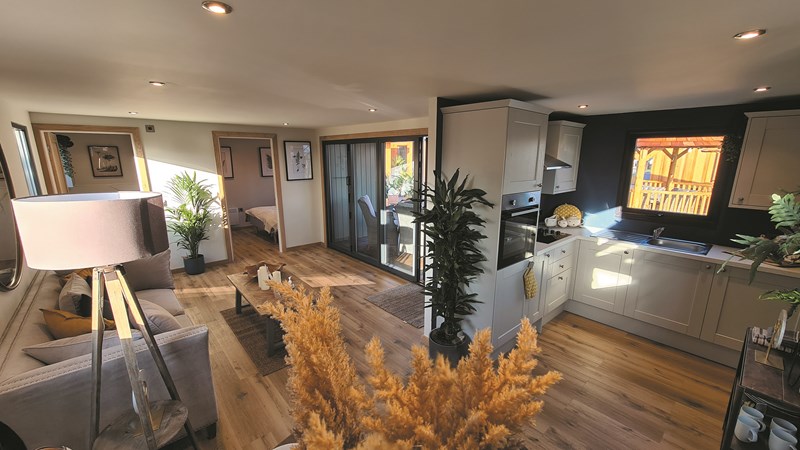
An annexe is an easy way to add both space and value – estimates suggest that a self-contained annexe (including a kitchen, bedroom, and bathroom) can add up to 20% to the value of your home, although this will depend on the individual factors of the build such as size and location. However, it’s worth noting that if you’re planning to use your garden room as a full-time living space, then certain planning permission rules apply.
A Note on Building Regulations
Current planning regulations state that garden rooms cannot be used for ‘living or sleeping accommodation’, although this does not preclude occasional use for an overnight stay, for example. If you plan to use your garden room as permanent living accommodation, then you’ll need planning permission - talk to your local planning office to declare the proposed use. Consultation with neighbours will also be required, so the entire process will take longer and be subject to different criteria.
If you are considering a multi-generational living set up, and are looking for ways to create more space, take a closer look at our range of garden rooms - you can also request a brochure, or visit our show village in Halifax.
*This research ran with TLF (The Leadership Factor) in February 2024, which consisted of a survey of 1,003 respondents - this respondent base was nationally representative for the UK population based on gender, age, and location splits.
Mar 08 2024

